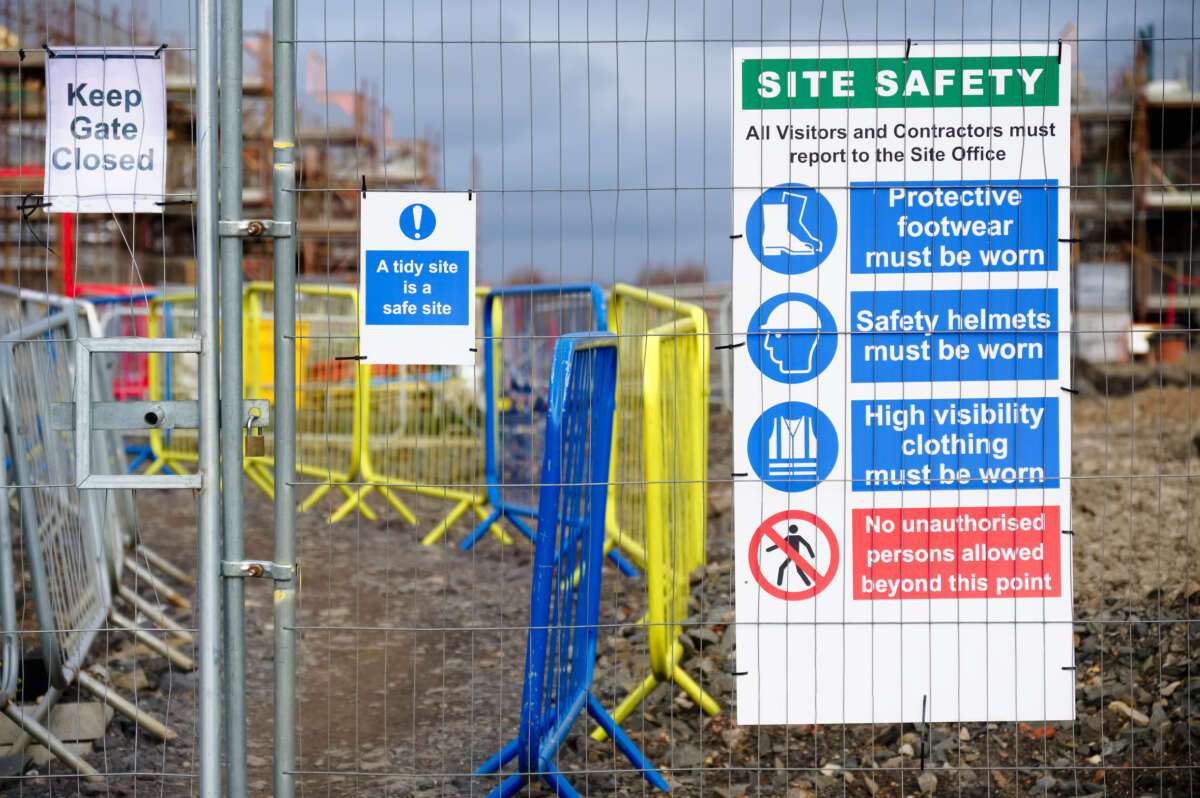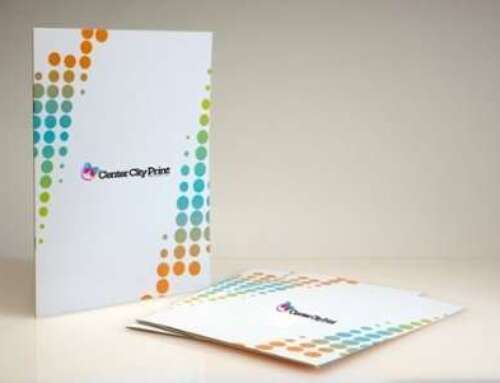Safety signage is essential to any workplace, ensuring the well-being of employees and visitors alike. In this blog, we will explore the significance of safety signs, the types of signs commonly used, the appropriate placement of these signs, the importance of clear and visible text, and whether safety signs truly make a difference in promoting a safe work environment.
Are safety signs required?
The short answer is yes. Safety signs are required in workplaces to prevent accidents, injuries, and potential hazards. Various regulatory bodies, such as OSHA (Occupational Safety and Health Administration), mandate using safety signs to communicate critical information effectively. Different types of safety signs are used based on the level of danger and the nature of the message they convey:
- Danger Signs: These signs indicate immediate danger and the need for special precautions. OSHA specifies that danger signs should be red, black, and white.
- Caution Signs: Caution signs warn against potential hazards or unsafe practices. OSHA requires them to have a yellow background with black panels and yellow letters.
- Safety Instruction Signs: These signs provide general instructions and safety. OSHA mandates that safety instruction signs have a white background, green panel, and white letters, with any letters on the white background in black.
Where should safety signs be placed?
The strategic placement of safety signs is crucial for their effectiveness in conveying important messages. OSHA rules of sign placement outline several key guidelines:
- Signs should be positioned as close as possible to the nearby hazard while remaining visible from at least 5 feet away.
- The signs should not obstruct workers’ view or path of escape and should have blunt corners without splinters or burrs.
- They should be placed in highly visible locations, preferably at eye level, without being obscured by other objects or equipment.
- Safety signs should be durable, securely fastened, and well-maintained to ensure their effectiveness.
- Avoid overcrowding of signs in one area, as this can reduce their visual impact and effectiveness.
How large should the safety text be?
The size of safety text is a critical factor in ensuring that the message is clear and legible. The table below provides guidelines for letter height and the corresponding safe viewing distances:
| Text Size | Distance From Sign |
|---|---|
| 5.00 inches | 62.50 feet |
| 4.50 inches | 56.25 feet |
| 4.00 inches | 50.00 feet |
| 3.50 inches | 43.75 feet |
| 3.00 inches | 37.50 feet |
| 2.50 inches | 31.25 feet |
| 2.00 inches | 25.00 feet |
| 1.50 inches | 18.75 feet |
| 1.00 inches | 12.50 feet |
| 0.75 inches | 9.375 feet |
| 0.50 inches | 6.25 feet |
| 0.25 inches | 3.125 feet |
Do safety signs work?
Yes, safety signs effectively promote workplace safety, provided they are appropriately placed and the message is clear. Safety signs are designed to inform and educate employees about potential hazards and necessary precautions. By clearly understanding the risks present, workers can operate safely and take appropriate measures to protect themselves and others.
Effective safety signs should be relevant to the hazard but not so close that workers enter a dangerous area before noticing the sign. Consistency in messaging across the job site enhances comprehension and reduces employee confusion. Commonly printed as corrugated or metal signage, safety signs become valuable tools in improving workplace communication and safety protocols.
Safety signage is a fundamental component of workplace safety. By using the appropriate safety signs, adhering to regulatory guidelines for placement and design, and ensuring legible text, companies can create a safer work environment for everyone. Through the use of vinyl decals, compelling signage, and reflective alternatives you can comply with OSHA Standards and keep your employees safe. Investing in safety signs such as vinyl banners, mesh banners, and metal signs with Center City Print is a proactive approach to safeguarding the well-being of employees and visitors while reducing the risk of accidents and injuries. Remember, safety signs are not just signs—they are critical visual aids that help save lives.







Leave A Comment